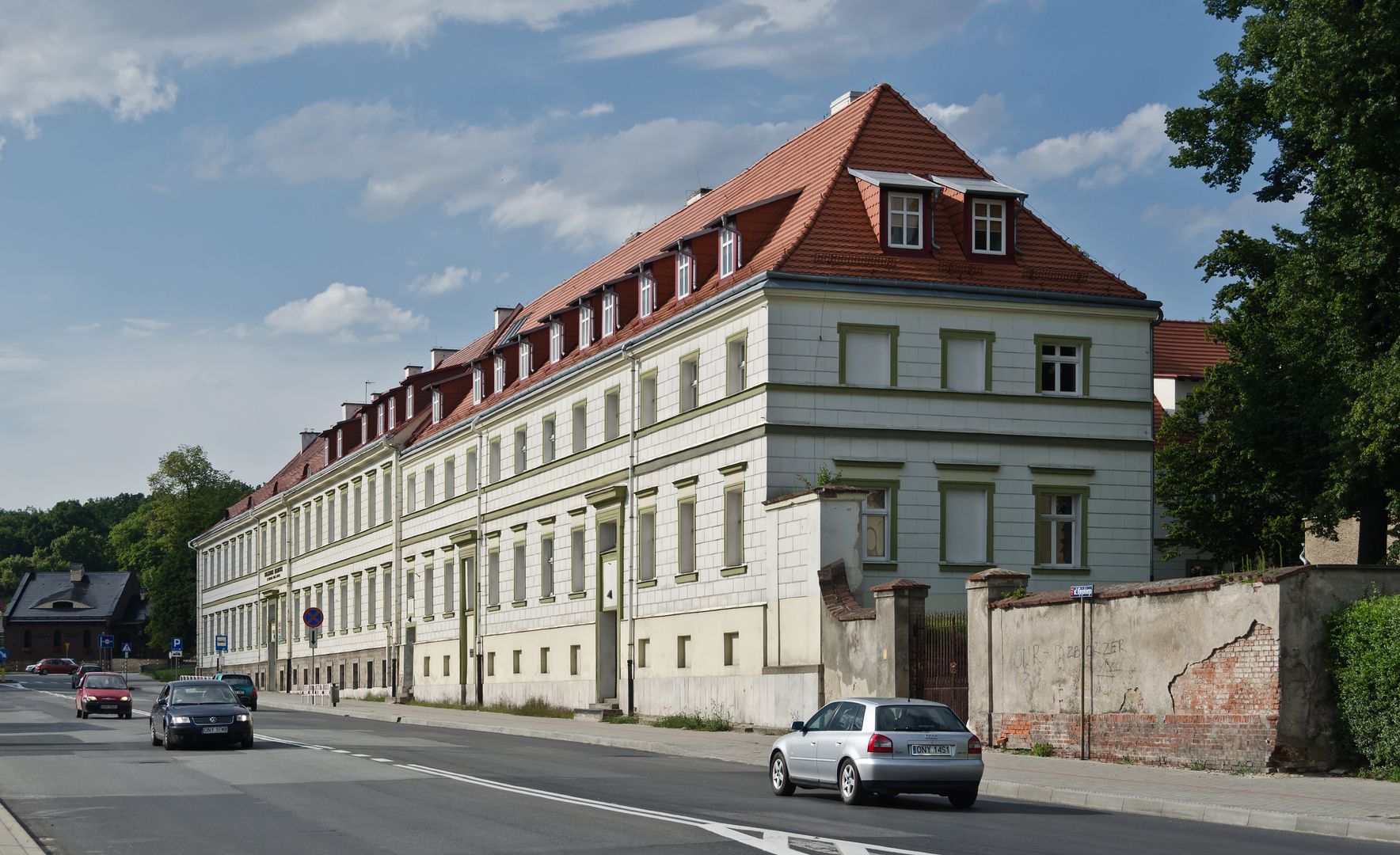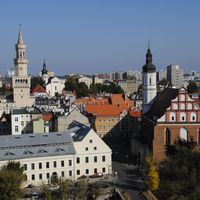Opolskie Voivodeship
8.44

Overview
The Opole Voivodeship, the smallest of Poland's 16 provinces, covers an area of 9,412 km² and, according to 2020 data, has a population of 980,771. Its capital is Opole, which serves as an important cultural and administrative center for the region. The history of the voivodeship dates back to 1950, when it was created from part of the Silesian-Dąbrowa Voivodeship. Despite administrative reforms, the region is characterized by a diverse cultural heritage, encompassing areas of both historical Upper and Lower Silesia.
Architecturally, the region stands out with numerous monuments, including castles, palaces, and medieval churches. The Piast Castle in Brzeg is an example of Renaissance architecture, while Mount St. Anne is known not only for its beautiful views but also for historic battles. Opole, a city with county rights, boasts interesting sites such as the Piast Tower and the Opole Village Museum, which illustrate local history and traditions.
Culturally, the Opole Voivodeship is a meeting point of various traditions. Residents identify with diverse ethnic groups, including Germans and Silesians, which influences the local cuisine, language, and customs. The region also attracts tourists with culinary trails such as "Opolski Bifyj," offering traditional dishes that enjoy great popularity.
An interesting fact is the presence of numerous recreational centers in the Opava Mountains, with popular towns like Pokrzywna and Jarnołtówek inviting tourists to enjoy active leisure in nature. Additionally, the Opole Voivodeship is home to 36 nature reserves and four landscape parks, making it an attractive destination for nature lovers.
In terms of transportation, the voivodeship has a well-developed network of roads and railway lines, facilitating access to its attractions. The economy is primarily based on agriculture and diverse industries, with key companies such as Grupa Azoty ZAK and ArcelorMittal Poland. The Opole Voivodeship, with its rich history, cultural diversity, and natural beauty, is a unique region in Poland that attracts both tourists and those interested in history and culture.
Location
State
Opolskie Voivodeship
Country
2025 Wizytor | All Rights Reserved









